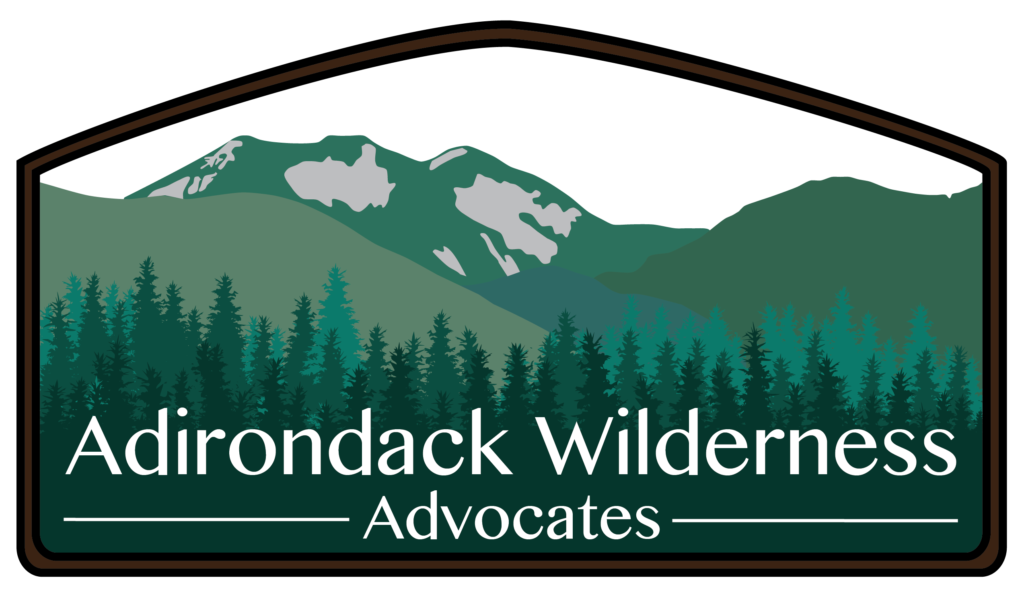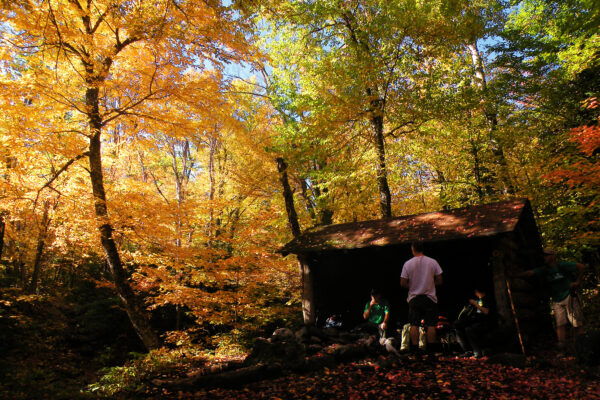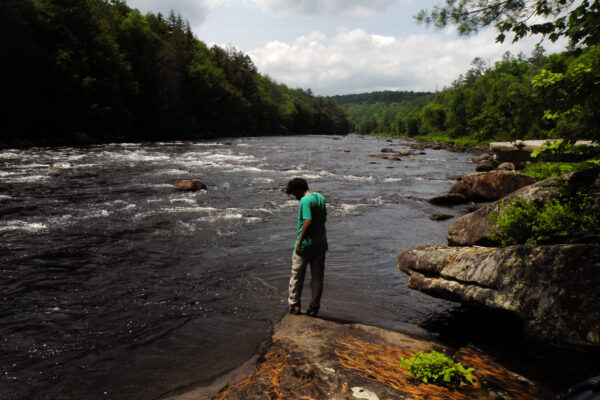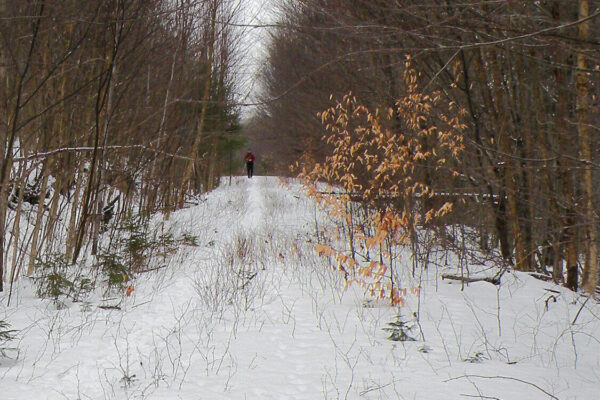Part 1 of 4 – Introduction
Recent news that the remaining portion of Whitney Park, one of the last surviving private parks erected in the 1890s, is on the market has both intrigued me and disappointed me. On the one hand, I have been dreaming of exploring its woods and waters for twenty-two years; on the other, the current owner has expressed hostility to the idea of selling the land to the Forest Preserve. The timing may be off anyway, with the state’s budget thrown out of whack by the pandemic response, and with a governor in Albany who possesses a poorly developed concept of wildland preservation. But still I feel it would be a shame if this opportunity passes without a genuine effort to bring the land into the public domain.
I say this because I have been a big fan of the last acquisition in Whitney Park, when the state agreed to acquire some 15,000 acres in 1997. The owner was a reluctant seller then, too, and the land was not without its obvious blemishes. But the deal was completed at a key moment in my development as a wilderness advocate, and I feel linked with Whitney in a way unlike any other place in the Adirondacks.

It was June 1998 when I first dipped my paddle into the waters of Little Tupper Lake. The place was freshly open to the public – literally, a triumphant Governor George Pataki and his press entourage had been to the same spot where I parked my car just days beforehand to announce the consummation of the land deal – and I was floating past shorelines that had been unavailable to the average paddler for several generations.
This was the first of what became a series of blockbuster land deals during the Republican governor’s twelve-year administration. A conservative modeled on the legacy of Theodore Roosevelt, who had served as New York’s governor a hundred years prior, Pataki later secured preservation and conservation arrangements on hundreds of thousands of acres during the course of his tenure. He was an outdoorsman who serendipitously served at a time when many of the Adirondack Park’s largest landowners were one-by-one putting their vast properties on the market. There was no tract of any outstanding value that didn’t escape his acquisitive efforts.
If Little Tupper was a first for Pataki, it was also a first for me. At that time in June 1998 I had only owned a canoe for about a year. An Old Town weighing seventy-four ponds, it was much longer and heavier than what I needed, and I had only been able to afford it because I was willing to throw a large portion of my meager wages at this new, addictive calling. Thus when the Little Tupper acquisition had been announced, it was at the formative stage of my outdoor career; indeed, it was flattering to think the lake had been purchased for me.
At first, though, I found the place to be a little overwhelming. Prior to that point, most of my paddling experience had been at a place called North Lake on the headwaters of the Black River. I now regard North as a small lake; if you paddle leisurely and explore all the coves, you can make a day of it. Little Tupper, however, was little in name only. Sure, it’s only a fraction of the size of nearby “Big” Tupper Lake, and its name does make sense in that respect. But when you are a young solo paddler in a canoe built for two, paddling against a stiff headwind, Little Tupper is enormous.
Therefore I only made two exploratory forays during those early days of public ownership. During the original management phase, the DEC had not yet gotten around to designating campsites, and the lands and waters were only open to daytime use. This meant if you wanted to paddle the length of the lake and carry up to Rock Pond, as I very much did, then you needed to get an early start and paddle for most of the day. The first of my trips was successful, to the extent I was able to make a circuit around Rock Pond, although I lingered too long and got caught in a downpour while paddling back down Little Tupper. On my second visit I never got more than halfway up the lake; a strong headwind set in that day and made forward progress impossible.
Part of a Series on Whitney Park



